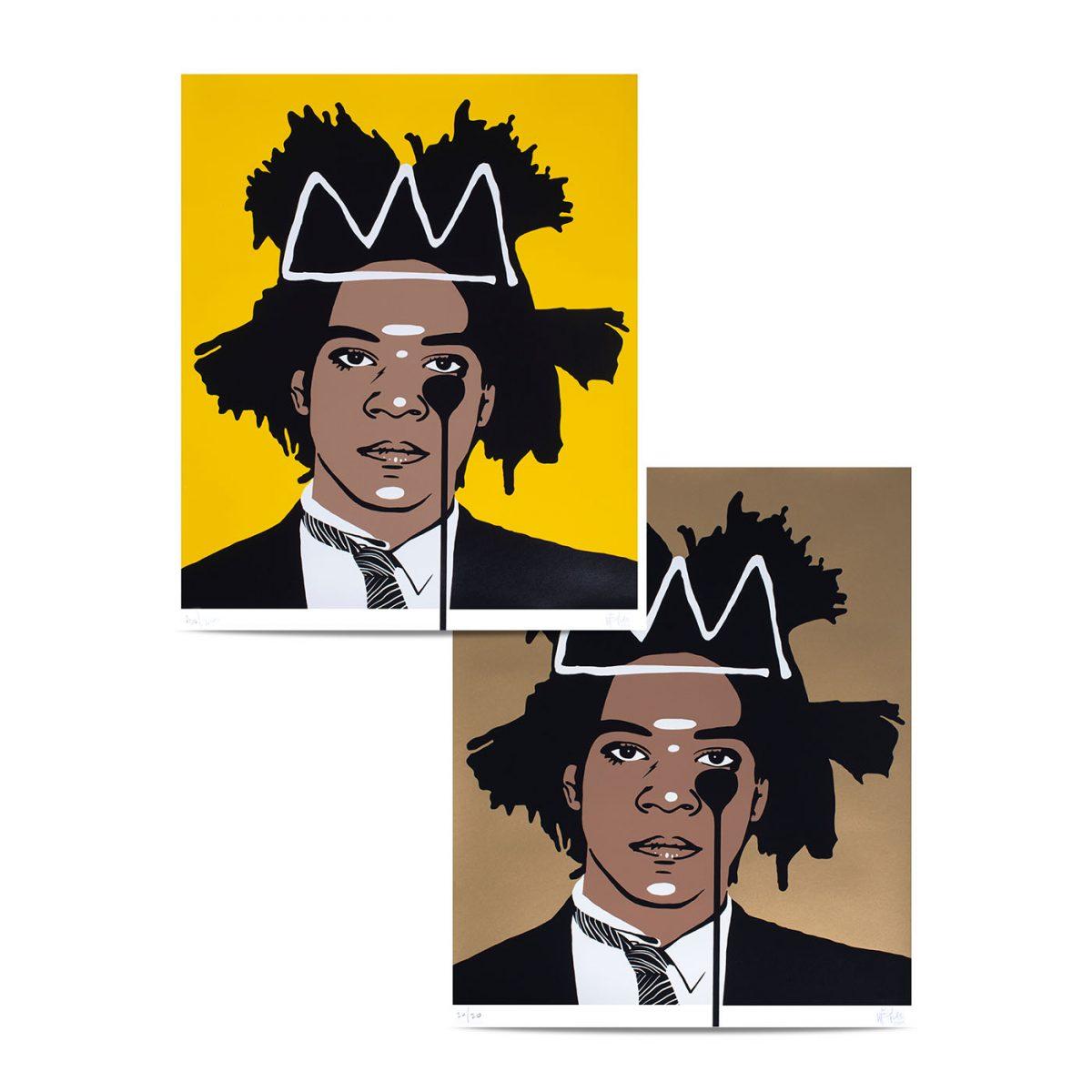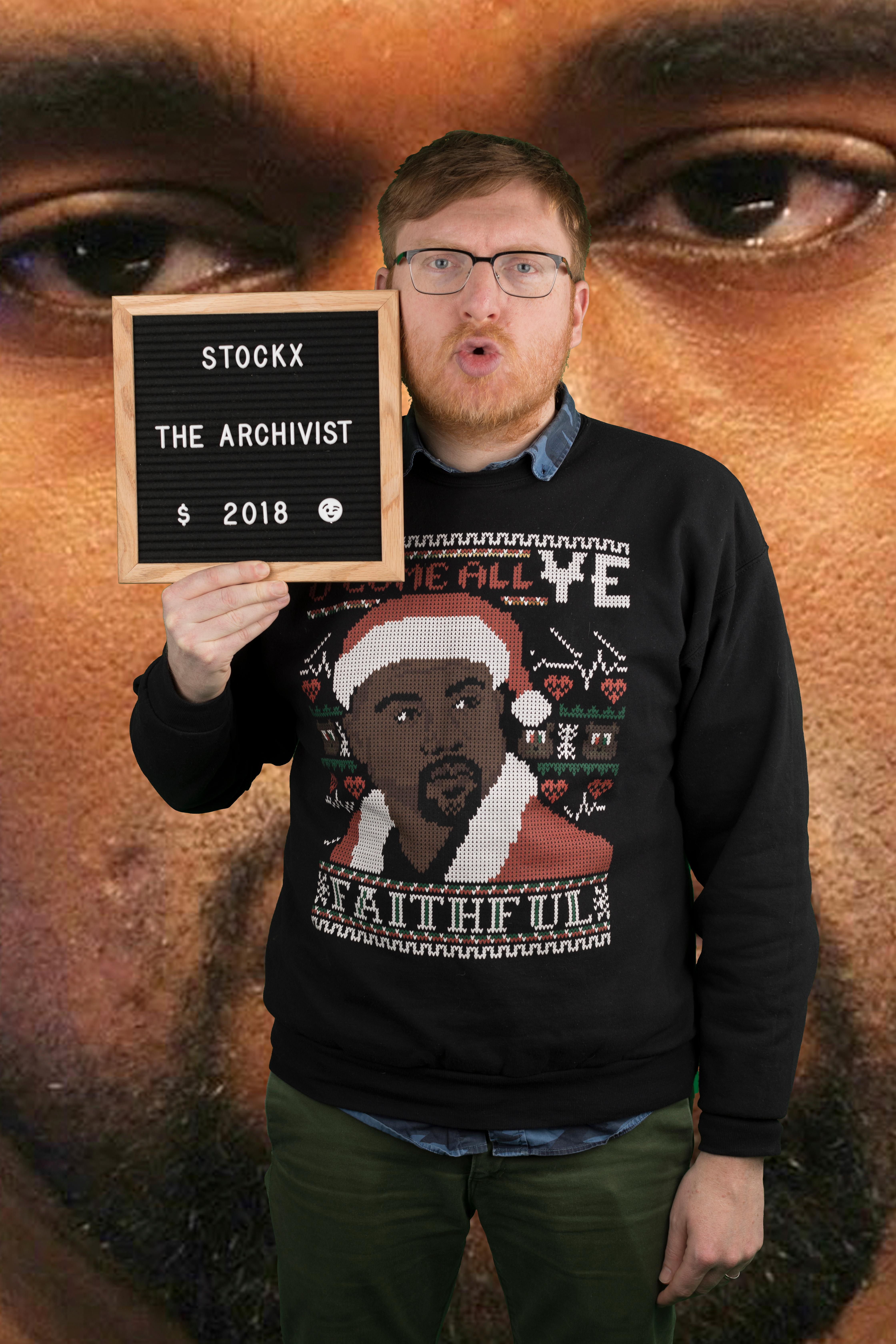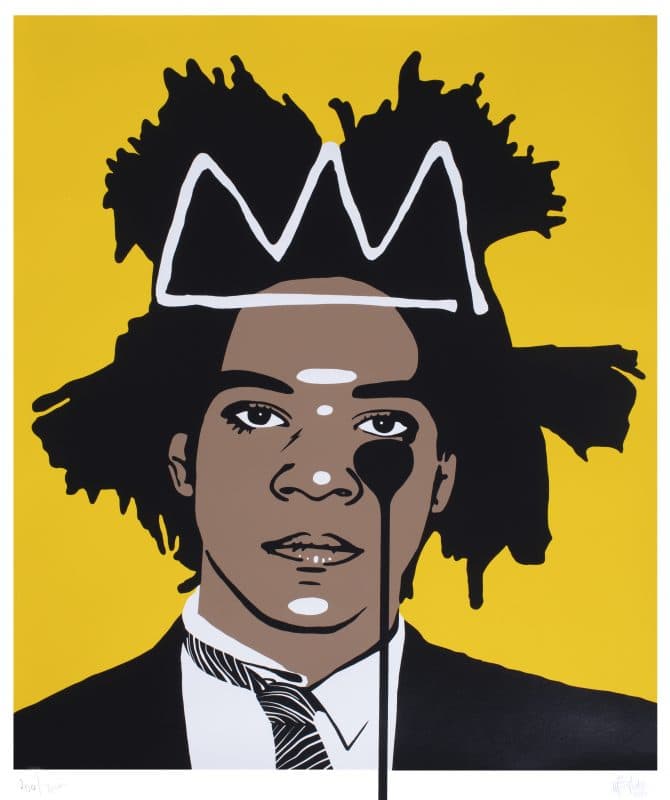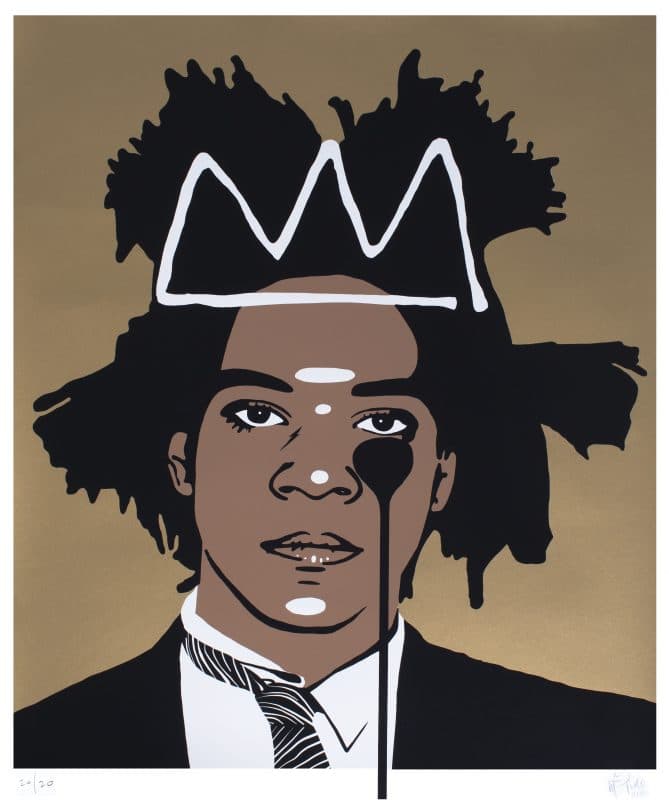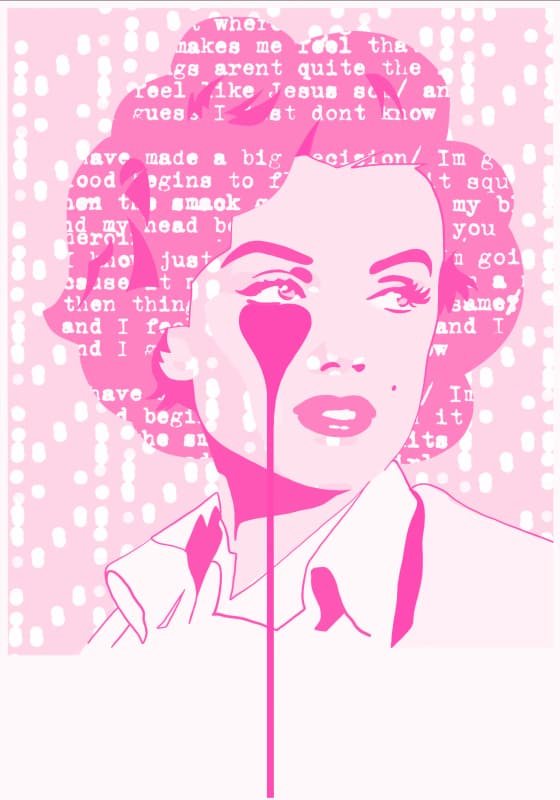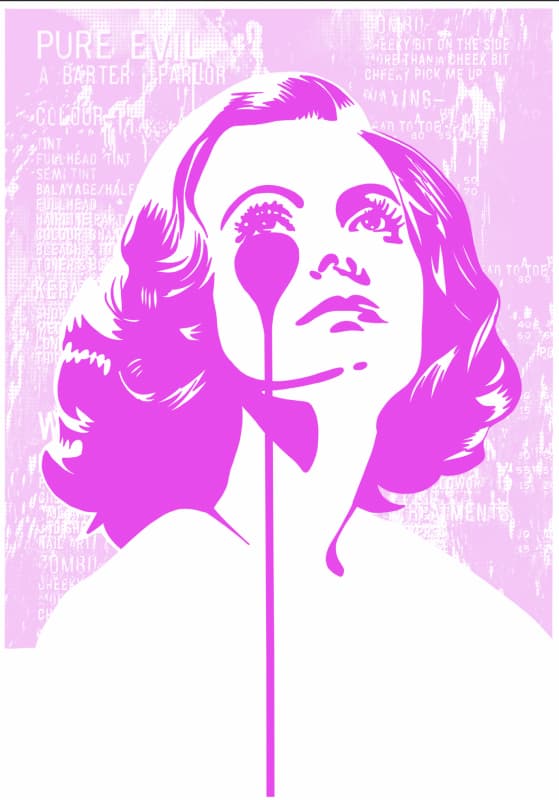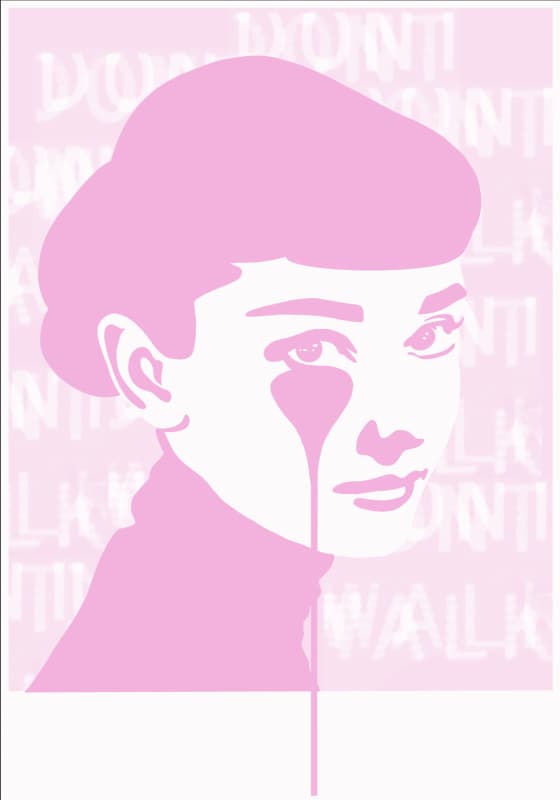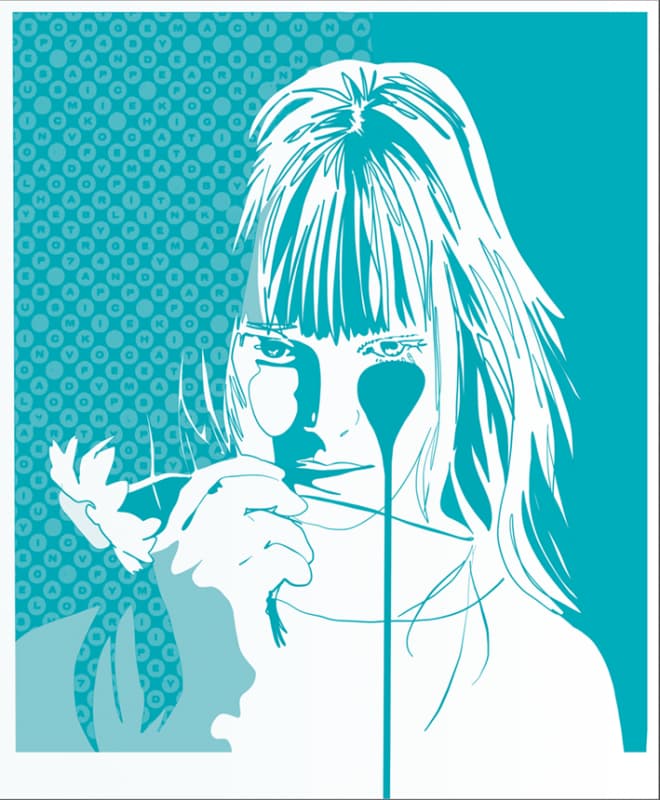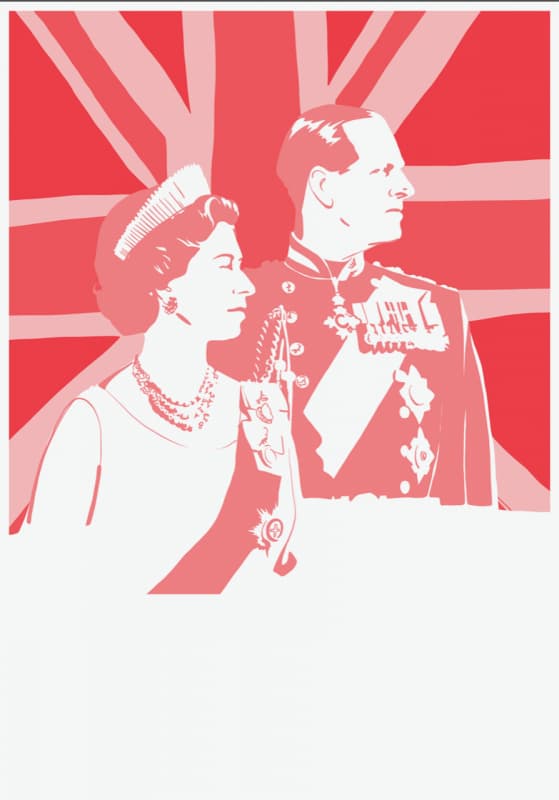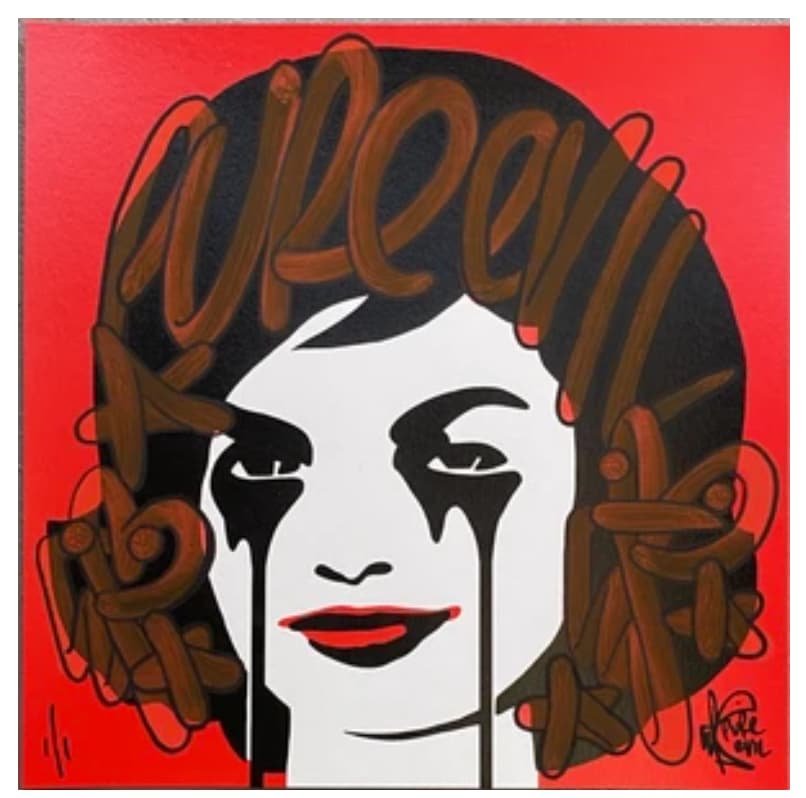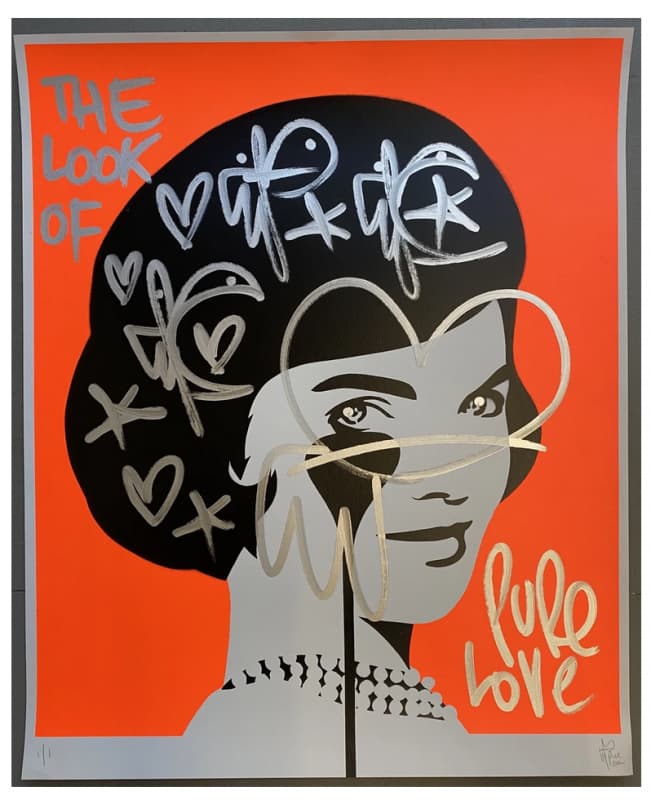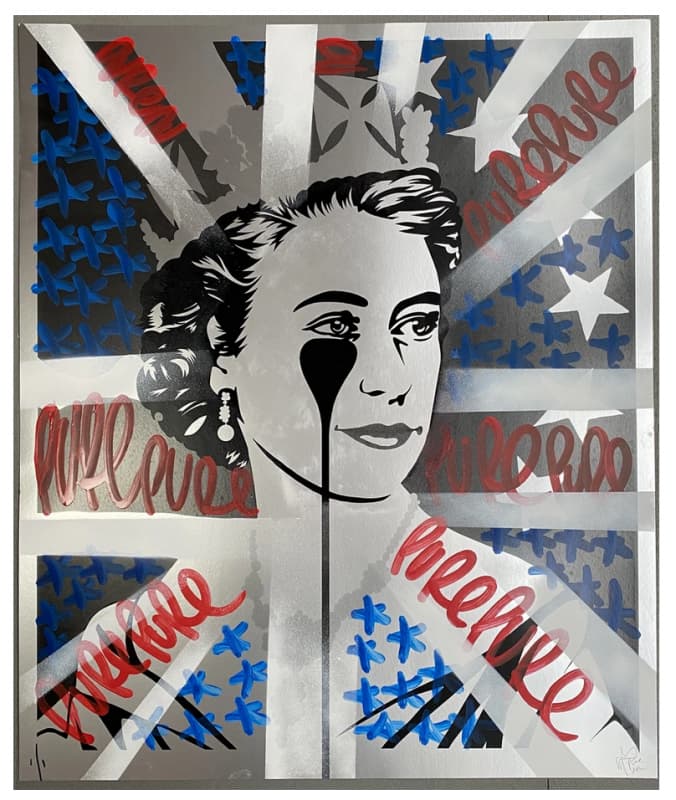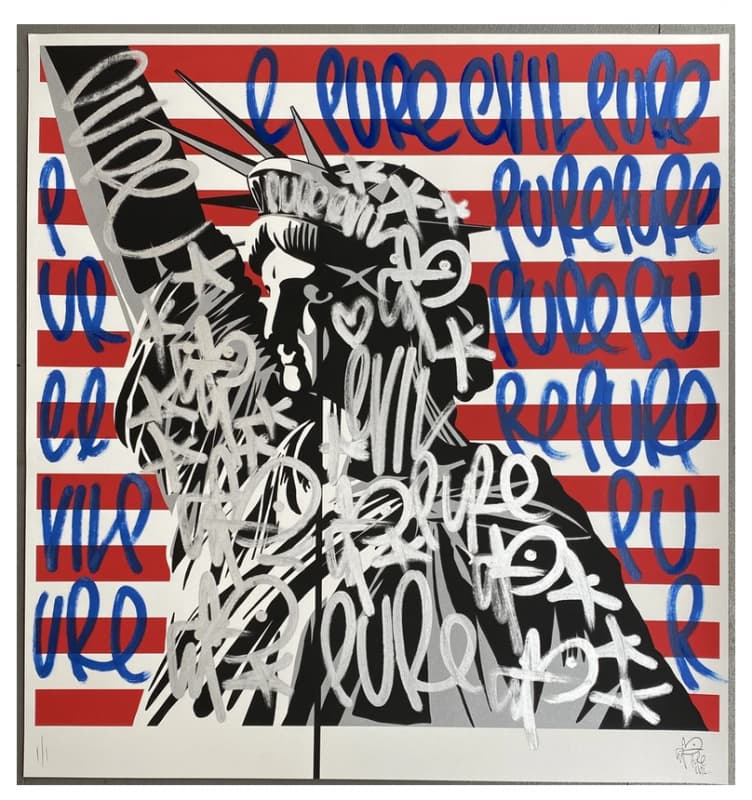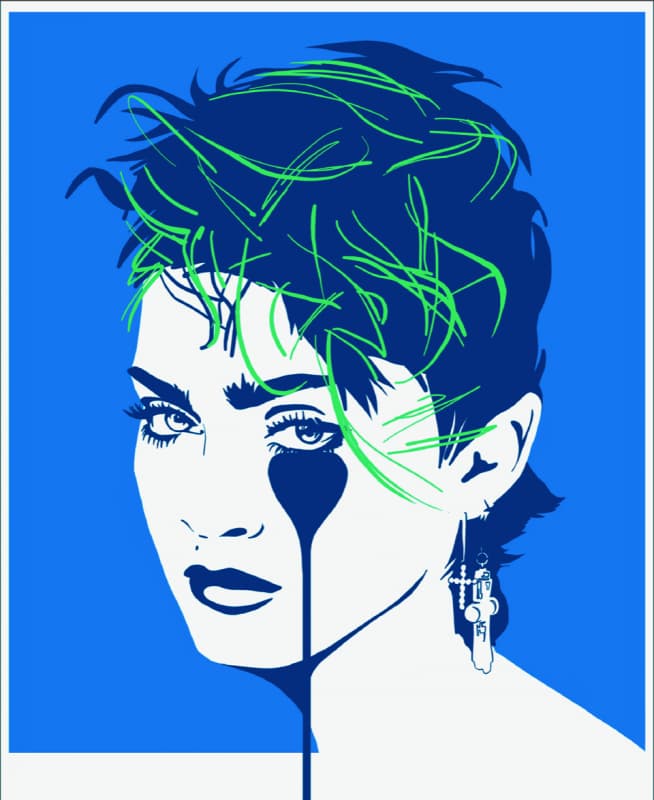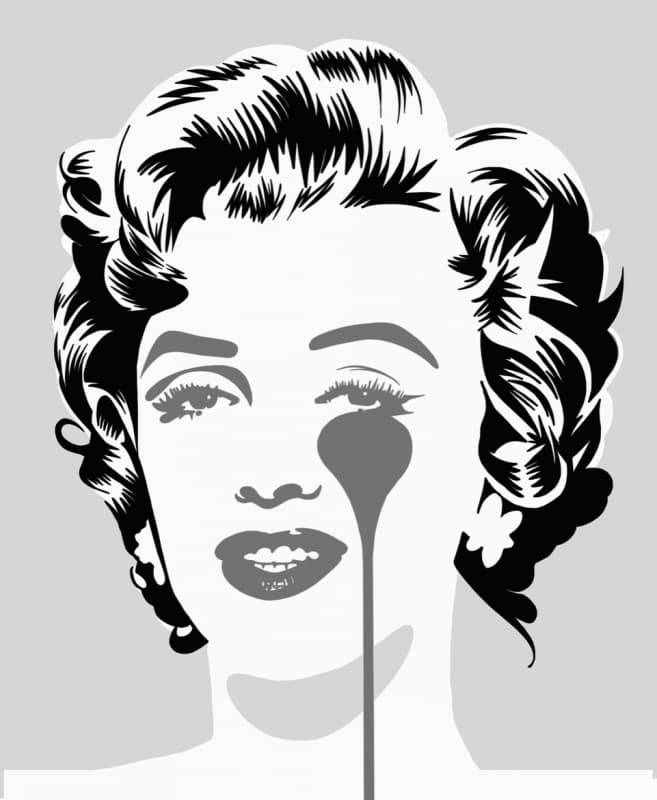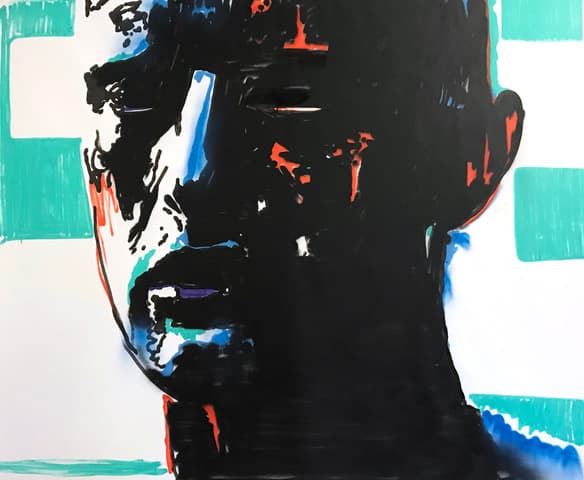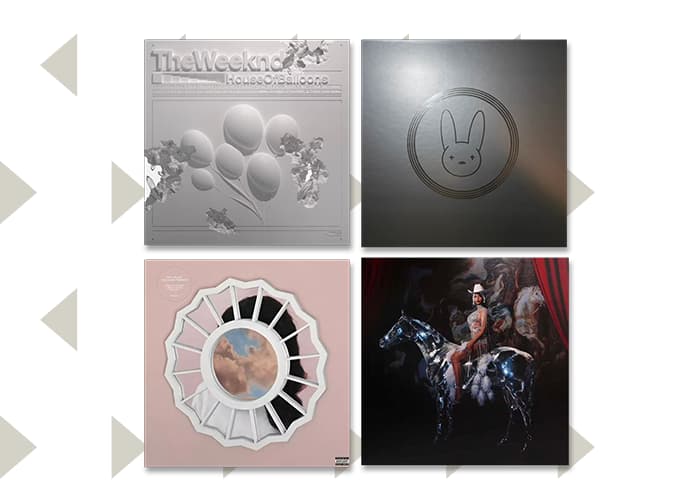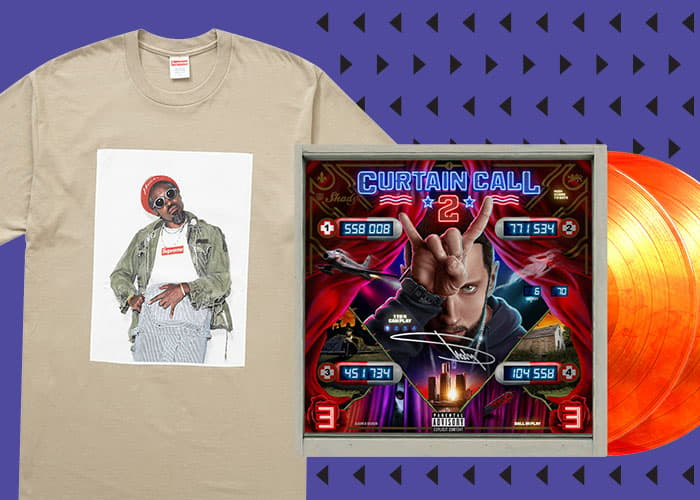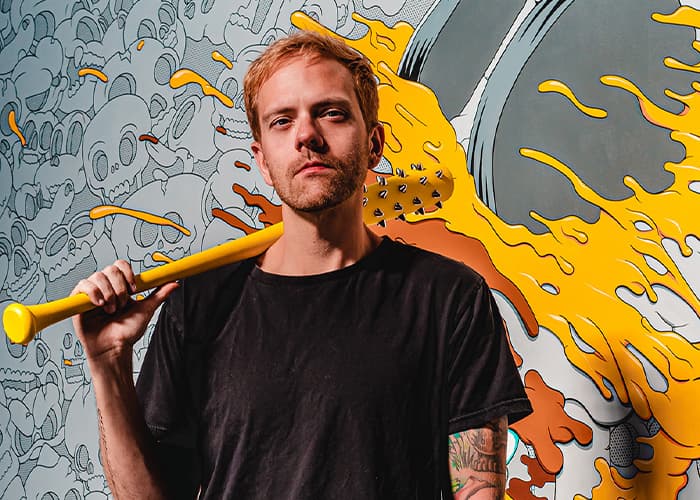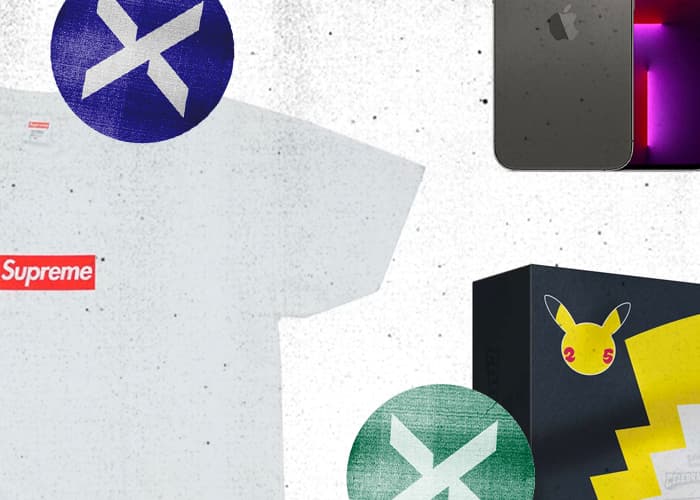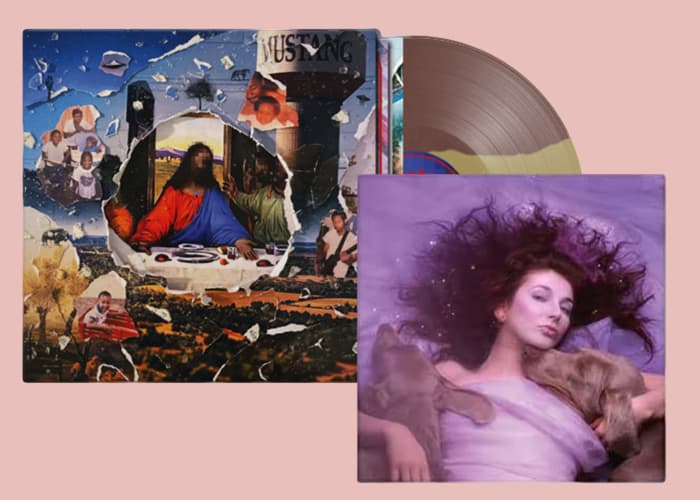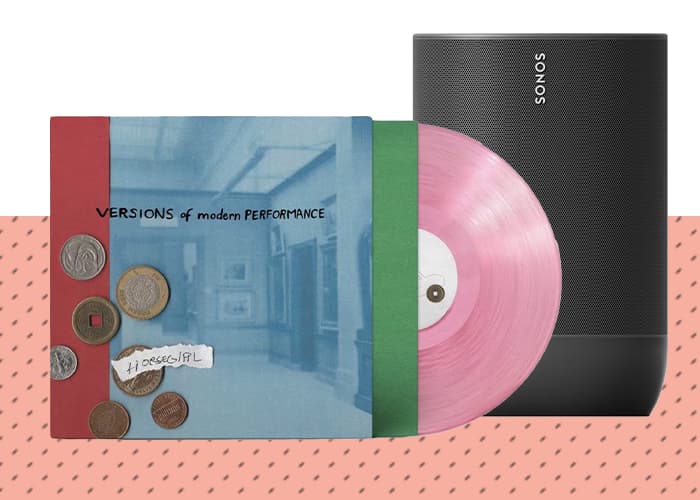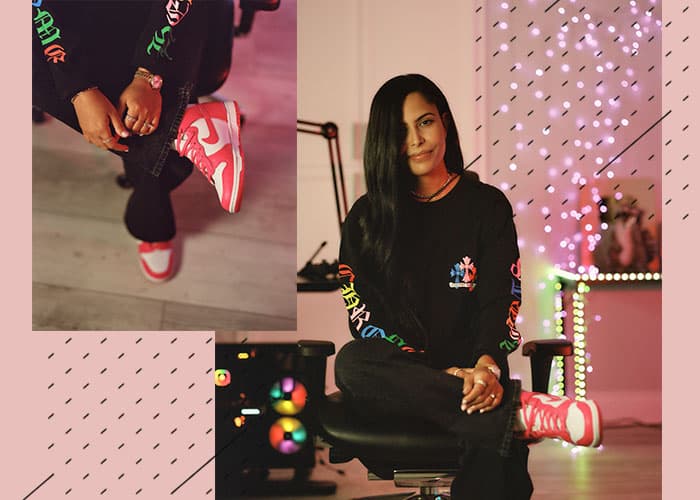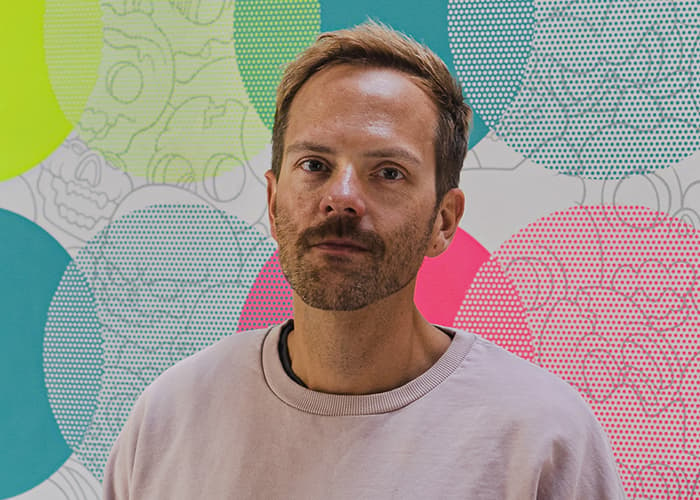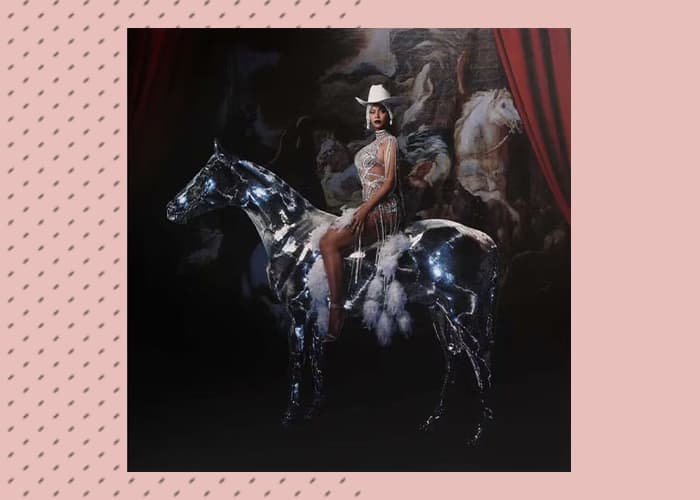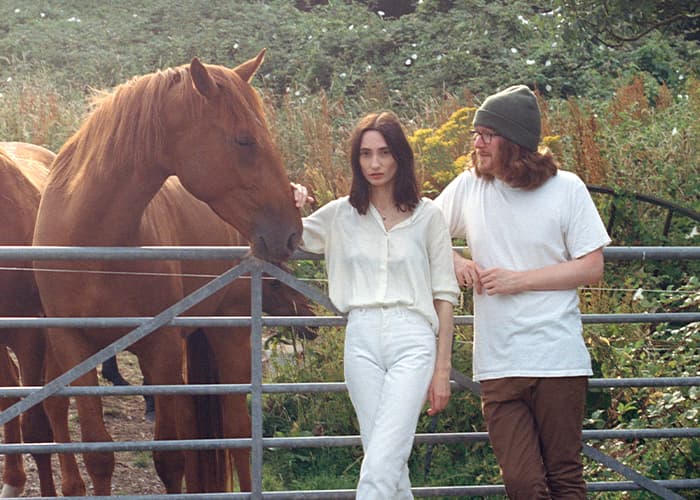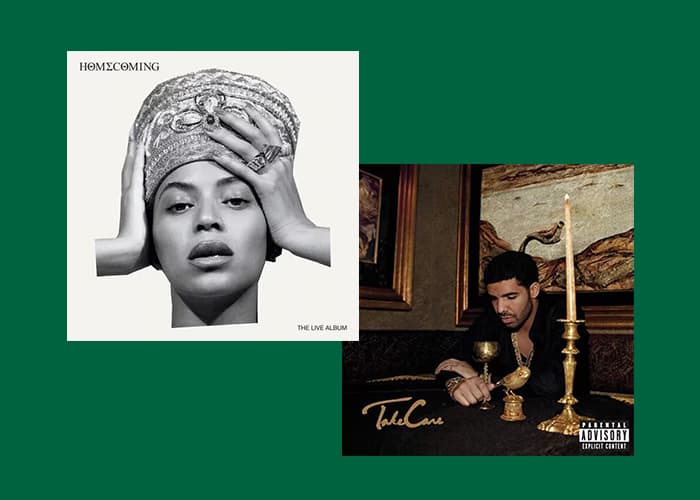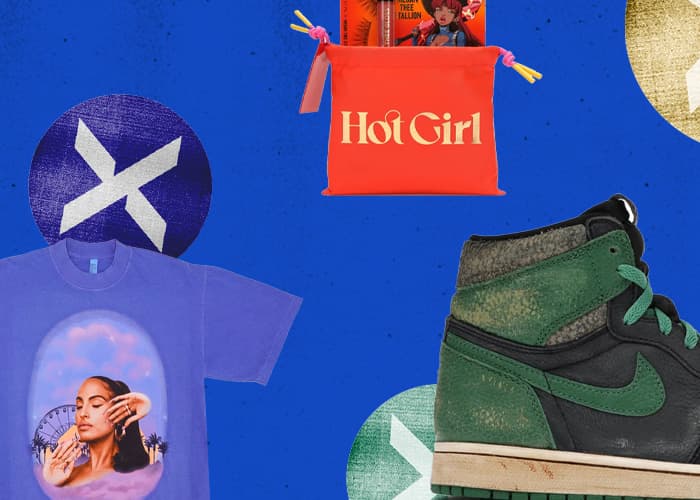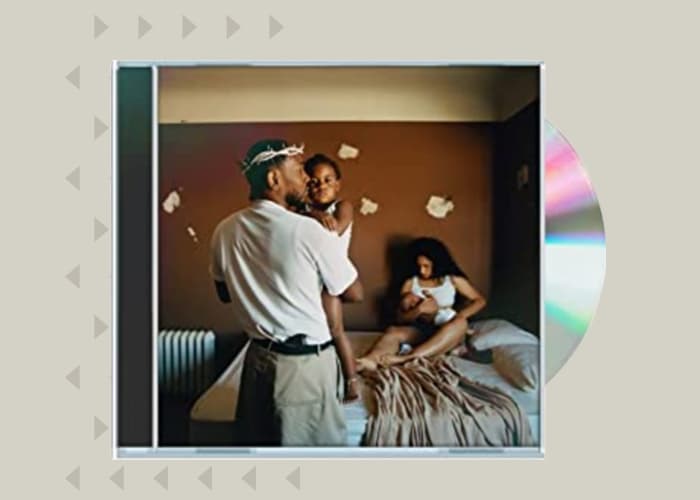For someone whose nom de guerre is Pure Evil, Charles Uzzell Edwards is one of the friendliest artists around – and he’s cool as hell. Born in Wales, educated in London, Edwards came into his own as a street artist living and working in San Francisco throughout most of the 1990s. After returning to London in the early 2000s, Edwards developed his Pure Evil bunny rabbits signature paintings, started his own gallery, and showed his work in exhibitions worldwide. Now, Pure Evil has the distinction of being the first artist ever to release an art print as a DropX™ release. Edwards recently talked to us about his Basquiat DropX™ print release, working with StockX, the state of contemporary art, and the origins of Pure Evil.
How did you get involved with StockX, and how did this DropX™ come together?
It kind of started back in my mind when a friend of mine said, “Hey, come and check out this thing in my bedroom.” Initially, I thought, “Uh-Oh”, but he took me into his room – turns out he was a collector who was basically a sneaker collector and vinyl collectibles collector – and showed me his Blade Runner figures.
When I thought about collecting, I thought about people collecting paintings and prints and stuff like that, never really trainers or collectibles. But ever since then, I’ve realized that you’ve got these collectors who are absolutely obsessive about the fine details of the pistol on their Blade Runner Deckard piece or their trainers, and it’s become such a huge thing. So it seemed to make complete sense when I was asked if I’d be interested in doing a DropX™ with StockX. People who collect vinyl collectibles and people who collect sneakers would also be interested in collecting limited edition screen prints. So I think this is the first time that a StockX DropX™ has actually released a screen print. I’m really excited to be able to do that. It’s super cool.
How did you decide on a Basquiat print for your DropX™?
My dad was an abstract expressionist painter, and he had artists that he absolutely loved, and he had a huge library of books that I now have. And one of the books that really surprised me was a Basquiat book because it just seemed so modern compared to a lot of the art that he was really into, Picasso and Mattisse. But then he started getting into sort of modern expressionist painting and Basquiat. And when I picked up this book, it was just mind-blowing. The art was so powerful, and a precursor to this whole street art thing – Basquiat reigns supreme. He’s just an amazing, amazing artist. And so I just think that his artwork still resonates really powerfully, and his story really resonates as well. I remember George Condo another amazing artist saying that towards the end of Basquiat’s life, he saw him in the street, and Basquiat said to him, “I’m all washed up in this city.”
DropX™ Exclusive: Pure Evil presents
Jean-Michel Basquiat’s Nightmare
(Standard Edition)
DropX™ Exclusive: Pure Evil presents
Jean-Michel Basquiat’s Nightmare
(Gold Edition)
Arthur Miller’s Nightmare
Greta Garbo
Print
Audrey
Print
Thinking of a Master Plan
Brian Jones
Queen Elizabeth and Prince Philip
This is the first time that a StockX DropX™ has actually released a screen print; I’m really excited to be able to do that. It’s super cool.
The story of how someone becomes exploited by the art world is something that I find really interesting. They basically ate him up. And I think New York has the habit of eating up and spitting out artists. My three favorites: Warhol, shot; Keith Haring, AIDS; Basquiat, heroin addiction and overdose. So I’m drawn to the dark side of things. And I think towards the end of Basquiat’s life, he was drawn to a lot of darker images. He started doing a lot of skull images. And I think his hair, the shape of his hair, is so iconic. You see that, and it’s such a strong image. So I just love the guy. And I think a lot of people do. But I also wanted people who maybe didn’t know him to get excited and want to look further and find out more about Jean-Michel Basquiat.
The definition of what art is and who is an artist seem to be much more expansive at this particular moment. How do you define “Art”?
I think lines around what is art and who is an artist are all blurring. Now you’ve got people who are not just painting walls, they’re making prints, they’re running galleries, they’re doing sneaker collaborations, and they’re involved in NFTs – they’re like quintuple threats. If you create – if you’re an image-maker, a creative, and good with colors – you could be doing all of those things. And you could be going out and painting on trains at the same time, hopefully. So I think it’s nice to sort of blur the boundaries of what you’re supposed to be doing and just go, “You know what, I can put my hand to this, or I could do this, or I could do that.” It’s all creativity.
Is there such a thing as “High Art” anymore?
There was this fixed idea of “High Art,” and then Pop art came along. With Pop art, you had people who were basically painting massive billboards in Times Square, who then became fine artists. I found a Life Magazine from 1965 in a trashcan a couple of weeks ago, and there’s an article in there from different collectors who were collecting this thing called Pop art. So you had the Sculls who had bought Rosenquist’s F111 for $45,000 from Leo Castelli in 1958, and they flipped their whole collection in 1973 and changed the art market for Pop overnight (and really annoyed the hell out of a lot of the artists). These people weren’t considered fine artists before the auctions. They were just persistent and dogged, and they had a vision of what they were doing.
And the same sort of thing is happening today. When you actually do go to a proper art fair, you’ve got all these sorts of weird contemporary art people who are probably like nerds in their school in Leipzig or wherever. And for them, art is their thing. They don’t want anyone else to be part of it. They almost don’t want artists being at these art fairs because it’s about commerce. It’s like a sort of art Cosa Nostra. It’s their thing. And I love the idea that you’ve got people like Beeple who are just totally shaking up the art market. And for the art market, it has to be very expensive for them to pay attention to artists. For Sotheby’s to pay attention, you’ve got to be selling art for a lot of money. So going back, in a circuitous way, to the question about working with StockX, it just made total sense to team up to get these prints out there.
Jackie
Print & hand-finished
Smiling Jackie
Print & hand-finished
Brexit
Print & hand-finished
Statue of Liberty
Print & hand-finished
Lucky Star Blue
Print
Marilyn Classic
Print
Roy Batty – Rutger Hauer
KRINK and spray paint on canvas
How do you view yourself and your place in the contemporary art world?
I started off as a street artist going out and painting on walls. People started to like what I was doing. Eventually, I opened up my own gallery because I realized that the art world was not going to come knocking. And it was kind of inspired by Alleged Gallery, Aaron Rose’s gallery, who did Beautiful Losers and has done a lot of amazing stuff. He said, “Look, you can do your own gallery. You can paint your walls; you can pay your electricity bill.” You don’t have to go cap in hand to a gallery and say, please, will you show my work because you can punk it instead. Do it yourself.
Look at what Banksy’s done; he’s created his own brand. He’s created his own sort of thing outside the art world. And he’s done screen prints and artist collaborations which was a kind of the model for me. When I came back to London, I kind of fell in with the people who work with Banksy, who taught me about print editions and how to roll a screen print and get it into a tube. And I thought, okay, cool. So you don’t have to go and show your work in a gallery. The gallery can be the streets. You don’t have to pay a PR company to advertise because you can get your images out there on the street and let people know what you’re thinking and doing by writing on walls.
The art was so powerful and a precursor to this whole street art thing - Basquiat reigns supreme.
What was lucky for me was that street art came along at the perfect moment with the internet. So now we’re all advertising our work on Instagram and Clubhouse and letting people know about what we’re doing and using the internet to get images out there. And I think in the last year and a half, because we’ve all been locked away, we’ve had so much more time to spend online looking at stuff. And you would’ve thought sales would’ve gone down during that time, but it hasn’t. It’s just been constant because I think people have more money to spend on visually pleasing things and make them happy – whether that’s an amazing moccasin shoe from Hiroshi Fujiwara or a painting from Pure Evil.
How do you think StockX figures in the contemporary art world?
It’s the future. It really is. When I’m driving around, I see all these huge fulfillment warehouses being built. I do not see new shops on High Street; I’m seeing a lot of High Streets that are kind of dying, which is really sad. But it’s more about these companies going into these fulfillment warehouses where they can send stuff out straight from there. We’re all buying things online.
How does the recurring element of tears factor into your work?
This tear thing that I do, I did it first with Liz Taylor. She was a heroine who had married Richard Burton, and they were always fighting, and breaking up, and getting back together. And I did that as a tribute to her and to show that we all have this sadness in our lives. We can’t pretend that everything is happy. There is this sadness in everyone’s lives. We all have people that we love, that we lose, and things and tragedies that happen. And so combining the image of Basquiat with this teardrop that I do on a lot of my images, it just gelled really well and came together. And we’re talking about images that have a strong symbolism. I did a show at the Saatchi Gallery in London, and one of the people hanging it said something really good. He said, “There’s not a lot to it.” And I think it was a kind of a bit of a diss, but I like that because I like to be able to strip things down to the basics.
Where does the name “Pure Evil” come from?
I was a kid. I was really into guns, and my posh cousins lent me a shotgun. So I went out playing the hunting game, and I saw some rabbits. And I shot at them and killed one. And it was horrific. It was kind of like in Deer Hunter. I just felt I was the worst person ever for having killed this beautiful little animal. It became real, not just a game. And so one time I was drawing in my sketchbook and this little character appeared with the words “pure evil” next to him. And so there was something about it; there was this yin and the yang of the pure and the evil. And it also stemmed from my fear that that rabbit would come back to haunt me, kind of like Javier Bardem in No Country for Old Men. He’s going to get you. He is not going to stop. You see it in all kinds of films, like Terminator. The Terminator is not going to stop until he gets you. And so the Pure Evil bunny rabbit was my Terminator, my Javier Bardem.
Any last words from Pure Evil?
Yeah, I hope the Basquiat DropX™ goes well cause we’ve got a whole bunch of other ones that we want to unleash on an unsuspecting public. So hopefully, if this one goes well, we’ll get creative and do some more and get those out too.


